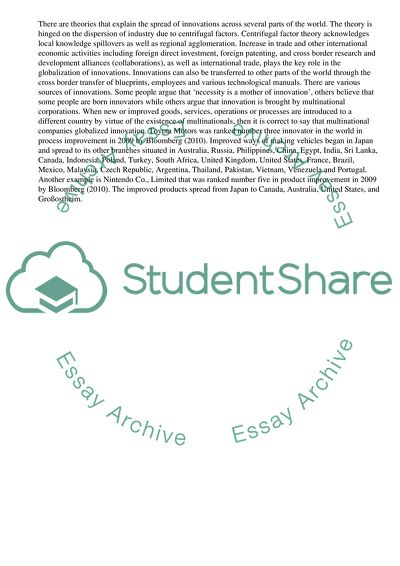Cite this document
(“The Role of Multinationals in the Globalisation of Innovations Research Paper - 3”, n.d.)
The Role of Multinationals in the Globalisation of Innovations Research Paper - 3. Retrieved from https://studentshare.org/business/1750015-discuss-the-role-of-multinationals-in-the-globalisation-of-innovation
The Role of Multinationals in the Globalisation of Innovations Research Paper - 3. Retrieved from https://studentshare.org/business/1750015-discuss-the-role-of-multinationals-in-the-globalisation-of-innovation
(The Role of Multinationals in the Globalisation of Innovations Research Paper - 3)
The Role of Multinationals in the Globalisation of Innovations Research Paper - 3. https://studentshare.org/business/1750015-discuss-the-role-of-multinationals-in-the-globalisation-of-innovation.
The Role of Multinationals in the Globalisation of Innovations Research Paper - 3. https://studentshare.org/business/1750015-discuss-the-role-of-multinationals-in-the-globalisation-of-innovation.
“The Role of Multinationals in the Globalisation of Innovations Research Paper - 3”, n.d. https://studentshare.org/business/1750015-discuss-the-role-of-multinationals-in-the-globalisation-of-innovation.


